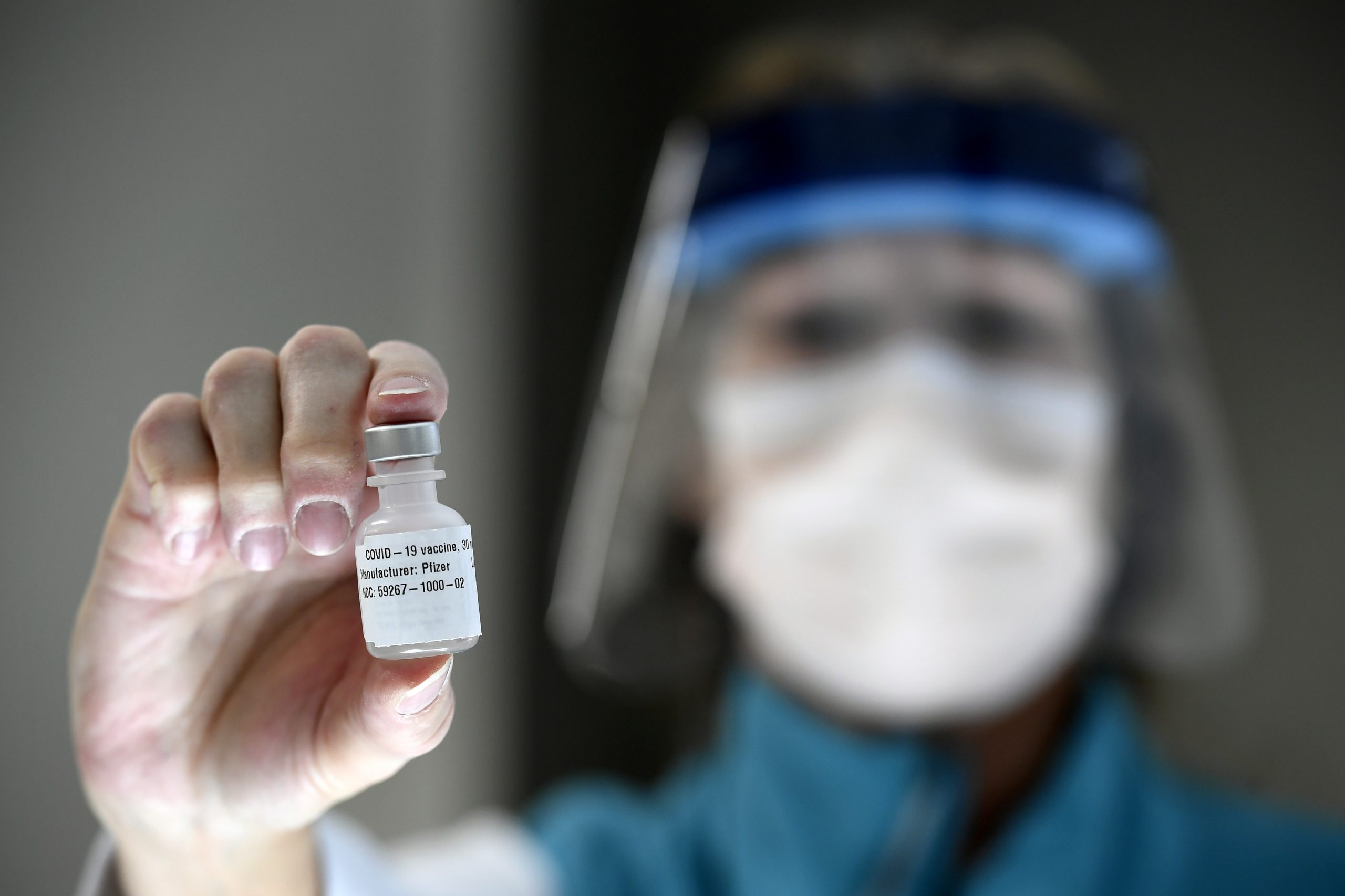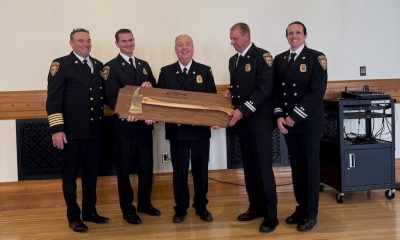PROVO, Utah – Adults in some parts of Utah are more hesitant to get the COVID-19 vaccine than in others, according to a recent survey taken by the Utah Department of Health.
Even in the local health districts with the lowest likelihood of getting the vaccine, at least half of the adults surveyed who haven’t had the vaccine still want to get it. In some of Utah’s most populous counties, that rate tops 80%.
“We’re not to the point where vaccine hesitancy is the problem,” Gov. Spencer Cox said Thursday, at his weekly COVID-19 media briefing. “There’s still a lot of people that are willing to get the vaccine. They just haven’t gotten it yet. It’s mostly a matter of convenience for them.”
Among the reasons most often cited as a barrier to getting the vaccine, according to the UDOH survey:
• Concern about vaccine side effects.
• Concern that the vaccine was developed too quickly.
• A belief that COVID-19 is not a serious problem.
• A belief that COVID-19 isn’t a risk in their community.
• Worries about the cost of the vaccine.
• General opposition to vaccination.
Cox said the state is conducting surveys regularly to gauge interest in the vaccine. “We’re asking people, ‘Are you willing to get the vaccine? If not, why? Who would you listen to? Who are the people that you trust to get that information?’ And then, try to get those voices in front of people,” he said.
The likelihood of getting the vaccine was highest, UDOH’s survey found, in counties along the Interstate 15 corridor between Ogden and Salt Lake City: 85.7% in the Weber-Morgan Health District, 84.8% in Salt Lake County, and 83.3% in Davis County said they were “very likely” or “likely” to get vaccinated. Only those who had not been vaccinated already were questioned.
The areas that bookend that Salt Lake City-to-Ogden stretch of Utah also surveyed high acceptance of the vaccine. The Bear River Health District, which covers the northern edge of Utah and includes Logan, reported 77.3% of its adult residents are likely to be vaccinated. At the other end, in Utah County, the likelihood was 74.8%.
The two areas with the lowest likelihood, the survey found, were in rural Utah: A 50.6% likelihood in the Tri-County Health District, which covers Uintah, Duchesne and Daggett counties in northeast Utah. And San Juan County, in the state’s southeast corner, tallied a 52.2% likelihood of being vaccinated.
Floating between the extremes: 72.7% likelihood in Wasatch County; 72.4% in the Southeast Utah Health District (Carbon, Emery and Grand counties); 70.1% in Tooele County; 69.7% in the Southwest Utah Health District (Beaver, Garfield, Iron, Kane and Washington counties); 68.7% in the Central Utah Public Health District (Juab, Millard, Piute, Sanpete, Sevier and Wayne counties); and 63.7% in Summit County.
The data was gathered between Feb. 1 and May 1, according to UDOH.










